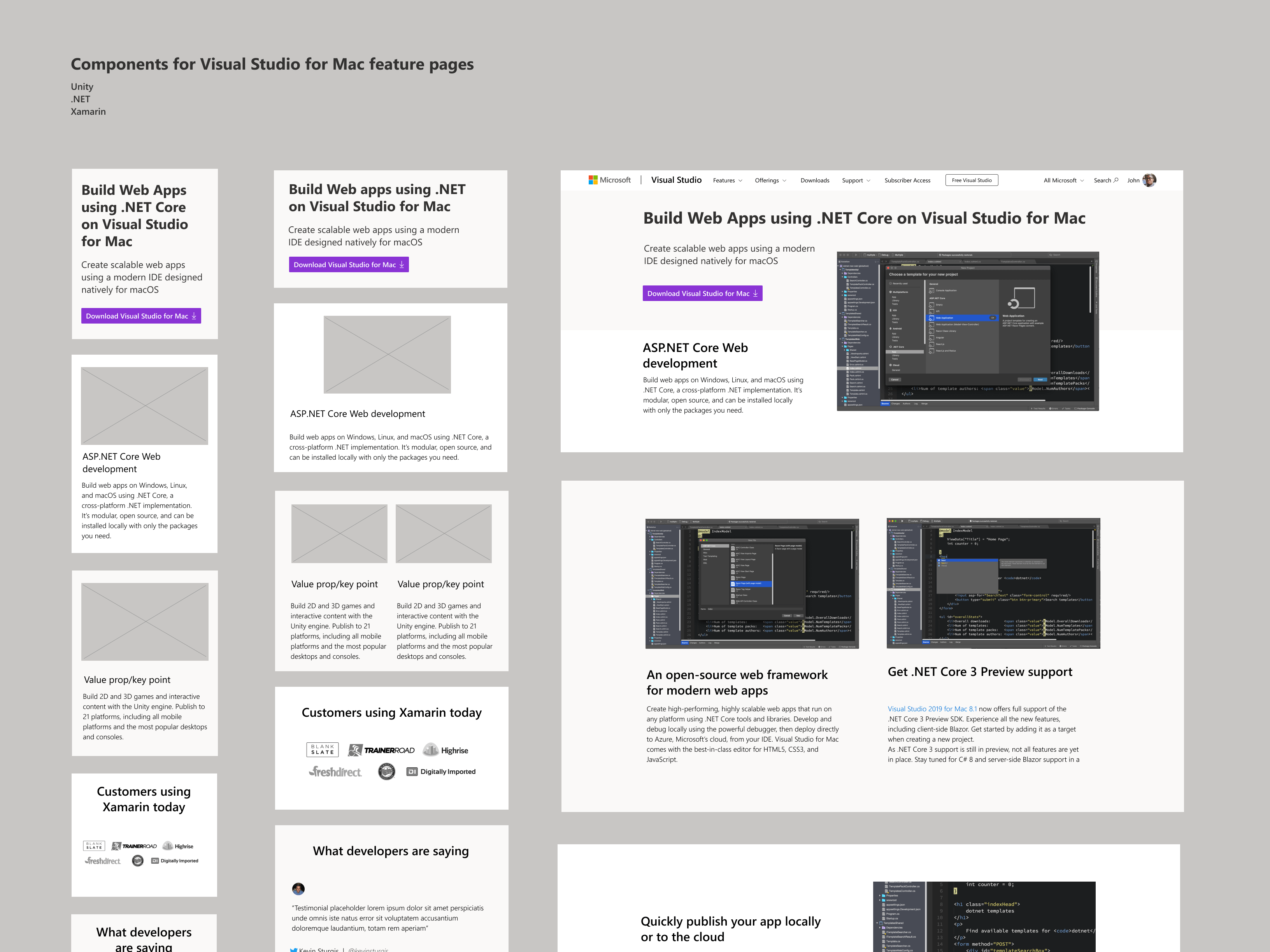The work performed is under a confidentiality restraint. No images can be shown of the product.
Key Features
1. Dataset and Model Management:
Facilitates organizing large-scale datasets and machine learning models.
Offers tools for exploring, tagging, and categorizing data.
2. Lineage Visualization:
Includes visual tools to track dataset and model lineage, ensuring transparency and traceability.
Users can see relationships between datasets, preprocessing steps, and trained models.
3. Advanced Search and Filtering:
Provides a robust AI-powered search engine to locate datasets or models quickly.
Features advanced filtering options for narrowing down search results, inspired by tools like AWS and
Hugging Face.
4. Customizable Dashboards:
Users can build and customize dashboards with relevant metrics and visualizations.
Includes dark mode support for better usability in low-light environments.
5. Data Filtering and Customization:
Allows users to filter data and create tailored views to suit specific workflows.
Customization tools for exploring datasets by various attributes.
6. Collaboration Across Teams:
Designed to unify workflows between teams like AIML and Apple HUB, ensuring seamless collaboration.
Integrates features like AI playgrounds, search tools, and shared object views into a single, cohesive interface.
Facilitates organizing large-scale datasets and machine learning models.
Offers tools for exploring, tagging, and categorizing data.
2. Lineage Visualization:
Includes visual tools to track dataset and model lineage, ensuring transparency and traceability.
Users can see relationships between datasets, preprocessing steps, and trained models.
3. Advanced Search and Filtering:
Provides a robust AI-powered search engine to locate datasets or models quickly.
Features advanced filtering options for narrowing down search results, inspired by tools like AWS and
Hugging Face.
4. Customizable Dashboards:
Users can build and customize dashboards with relevant metrics and visualizations.
Includes dark mode support for better usability in low-light environments.
5. Data Filtering and Customization:
Allows users to filter data and create tailored views to suit specific workflows.
Customization tools for exploring datasets by various attributes.
6. Collaboration Across Teams:
Designed to unify workflows between teams like AIML and Apple HUB, ensuring seamless collaboration.
Integrates features like AI playgrounds, search tools, and shared object views into a single, cohesive interface.
Project milestones:
As a UX designer contracted with Apple's AIML team, and was tasked with shaping the user experience for Apple's Data Portal, an internal tool that empowers data scientists to create, organize, train, and monitor complex datasets, feature sets, and models. Using Apple’s internal UI library, I developed intuitive user flows and visually compelling mockups to streamline these processes, catering to the specific needs of data scientists. This involved deeply integrating Apple’s design principles with advanced data management tools, ensuring that the interface was designed with their libraries and design esthetic.
I conducted a thorough competitive analysis, benchmarking against AWS’s approach to search and file organization, as well as Hugging Face’s effective narrowing-down search functionality. By leveraging these insights, I innovated new ways for users to search for and visualize datasets, introducing enhanced lineage graph visualizations that provided greater clarity and insight into the data's history and relationships. This allowed for easier tracking of the dataset's evolution, helping engineers work more efficiently with the massive amount of information they manage daily.
I conducted a thorough competitive analysis, benchmarking against AWS’s approach to search and file organization, as well as Hugging Face’s effective narrowing-down search functionality. By leveraging these insights, I innovated new ways for users to search for and visualize datasets, introducing enhanced lineage graph visualizations that provided greater clarity and insight into the data's history and relationships. This allowed for easier tracking of the dataset's evolution, helping engineers work more efficiently with the massive amount of information they manage daily.
User defined portal, lineage charts, and AI search
Challenge:
Data scientists using Apple's internal Data Portal struggled to efficiently navigate and manage vast datasets. While the platform had robust functionality, it lacked the clarity, customization, and workflow optimization needed for users to filter and visualize complex data relationships. The process of finding relevant data and tracking dataset lineage was tedious and inefficient.
Approach:
I created revamped user flows that transformed how users interacted with their data. By introducing a fully customizable interface, I empowered users to display only the dataset details relevant to their specific workflows. Advanced lineage graph visualizations clarified dataset relationships, making it easier to track history and evolution. I also enhanced the search experience by integrating concepts from AWS and Hugging Face, streamlining data retrieval and improving efficiency. This redesign not only elevated functionality but also simplified the overall user experience, enabling data scientists to work more intuitively and effectively.
Data scientists using Apple's internal Data Portal struggled to efficiently navigate and manage vast datasets. While the platform had robust functionality, it lacked the clarity, customization, and workflow optimization needed for users to filter and visualize complex data relationships. The process of finding relevant data and tracking dataset lineage was tedious and inefficient.
Approach:
I created revamped user flows that transformed how users interacted with their data. By introducing a fully customizable interface, I empowered users to display only the dataset details relevant to their specific workflows. Advanced lineage graph visualizations clarified dataset relationships, making it easier to track history and evolution. I also enhanced the search experience by integrating concepts from AWS and Hugging Face, streamlining data retrieval and improving efficiency. This redesign not only elevated functionality but also simplified the overall user experience, enabling data scientists to work more intuitively and effectively.










